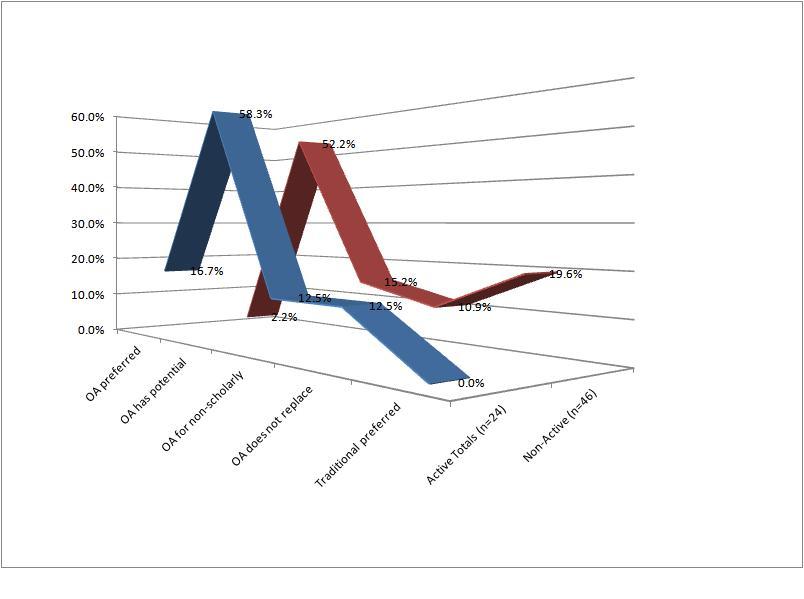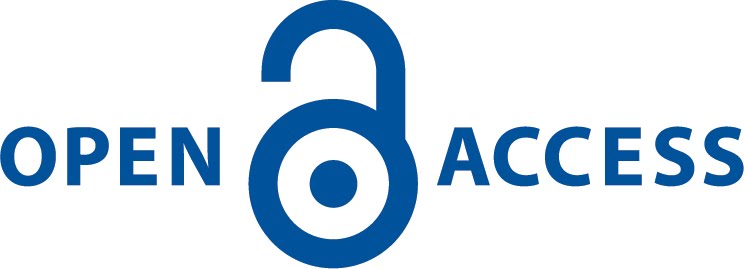Missed the latest exhibition “Medicine on the Maumee”? The Canaday Center invites you to its new virtual exhibition: http://libraryexhibits.utad.utoledo.edu/MEDX/index.html
Category Archives: Uncategorized
Carlson Library reference and research assistance continues
A reminder that Reference Assistance will continue throughout the holidays* during the following hours:
M-Th 10:00 AM – 5 PM
Friday 12 PM – 3 PM
*(through January 4)
You may contact librarians in person (via the Circulation Desk), or by phone, email or chat (see “General Information” for contact details, left-hand side of page). If chat is closed or if a librarian is unavailable, please feel free to leave a voice message or an email and we will respond as soon as we can. The staff at the Circulation Desk will also be happy to assist you with certain requests.
We wish you a happy and prosperous new year!
The University of Toledo Yearbooks
The University of Toledo’s yearbook — The Blockhouse — is now available in digital form from 1922 through 1985:
http://drc.library.utoledo.edu/handle/2374.UTOL/10387
Viewing these files will require a PDF reader such as Adobe Reader (download free: http://get.adobe.com/reader/)
Free “Copyright in Academia” Webinar: Sept. 27
(Hat tip to Mulford Library Blog:)
Register today for the free webinar, Copyright in Academia, offered by the Copyright Clearance Center. The webinar will be held on Wednesday, September 27, from 2-3pm.
It will cover the basics of copyright (what is it?; fair use; public domain, etc.) in the context of the academic world, and may be of particular interest to faculty using course management systems for online and web-assisted classes.
Open Access, Journal Quality and Impact (Part 2 of Several Reports)
by Wade Lee
In May, we wrote about UT faculty perceptions of and experiences with open access (OA) publishing. As promised, we continue today with our series of special reports on our survey results. In our October 2011 survey, we asked faculty which of a variety of factors they felt were important considerations when choosing a publishing venue. Fifty-three percent indicated that being published in the most highly ranked journals in their field was very important (an additional 35% ranked this of medium importance). Additionally, 77% indicated that the formal recognition of their work as a scholarly product (i.e., for promotion/tenure purposes) was a critical issue. In their answers to the open-ended questions, several members discussed journal prestige, with one specifically mentioning an Impact Factor threshold necessary before he or she would publish in a journal.
How is journal rank determined in academia? Journal Impact Factors (calculated by Thomson Reuters) are often used as a proxy measurement for the relative prestige of a journal. While they were originally conceived as a way for librarians to rank journals for purchasing decisions, they have been (mis)used for the ranking or evaluation of individual authors as well. An Impact Factor is simply the average number of citations per article in a journal over the previous two-year period. Thus, a very highly-cited article published within the last two years will increase the Impact Factor of a journal. Due to the skewed distribution of the citation rates of articles in a journal, most articles receive fewer citations than the Impact Factor would indicate.
How does this relate to Open Access? It is perhaps a common misconception that OA journals do not have Impact Factors. To the contrary, Thomson Reuters’ Web of Science database indexes 1066 Open Access journals, the majority of which have Impact Factors calculated and published in Journal Citation Reports. (To have an impact factor calculated, the journal must have been indexed by Web of Science for at least 3 years.) We determined the Impact Factor and relative rank within its subject discipline (by quartile) for the 688 journals that are published solely in English. As with non-Open Access journals, OA journals appear in the full range of impact quartiles, although as a group slightly more appear in the lower quartiles. We found that 18.2% are ranked in Q1 (the top 25%) of their disciplinary journals, 23.2% in Q2, 31.7% in Q3, and 26.8% in Q4 (the bottom 25%). There are 177 journals ranked in the top 25% of their discipline. Certain Open Access publishers, such as Public Library of Science (PLoS) and BioMedCentral (BMC) are well-represented among these top-tier journals. See Appendix (opens a 3-page PDF file).
It is important to remember, also, that this analysis is just for journals that are entirely Open Access. Many commercial and society publishers of subscription-based journals have options for authors publishing in their journals to pay an extra fee to make their individual article available in an Open Access manner — a system sometimes called hybrid or author-choice Open Access. These articles appear in the same journals (with the same impact factors) that researchers have always published in.
Many OA journals provide ways to assess an article’s impact beyond simply substituting the journal’s Impact Factor as a proxy for influence. A number of OA journals and OA disciplinary repositories allow authors to see not only how many articles have cited their work, but how many times it was accessed or downloaded, or allow other researchers to comment on the work. All of these are direct and oftentimes more immediate measures of the interest in and impact of an author’s work. Thus OA metrics may be more accurate for measuring scholarly output and influence. Over time, this may even make the prestige ranking of an OA journal more meaningful than one that is based on the traditional Impact Factor alone.
For further reading:
Swan, A. (2010). The Open Access citation advantage: Studies and results to date. University of Southampton. http://eprints.soton.ac.uk/268516/
This paper presents a summary of reported studies on the Open Access citation advantage. There is a brief introduction to the main issues involved in carrying out such studies, both methodological and interpretive. The study listing provides some details of the coverage, methodological approach and main conclusions of each study.
Wagner, A. B. (2010). Open Access Citation Advantage: An Annotated Bibliography. Issues in Science and Technology Librarianship. http://www.istl.org/10-winter/article2.html
This annotated bibliography lists studies and review articles that examine whether open access (OA) articles receive more citations than equivalent subscription; i.e., toll access (TA) articles.
~
Scopus and ScienceDirect will be down Saturday, August 25.
The Scopus database and the ScienceDirect electronic journal platform for Elsevier Journals will be down all day on Saturday, August 25th for a system upgrade.
During the outage, we suggest using Web of Science for any citation searching you may need to do, and use the OhioLINK Electronic Journal Center for access to journals published by Elsevier (we have duplicate access to these titles through OhioLINK).
Toledo’s Attic on History Pin
http://www.historypin.com/channels/view/7067010#
Toledo’s Attic images on HistoryPin! – Join us in this effort to see more of Toledo’s History on maps
OA at UT: A Snapshot (Part 1 of Several Reports)

Last fall, the university’s open access steering committee distributed a survey to faculty, researchers and teaching assistants on both campuses to gauge their interest in and understanding of open access (OA) scholarly communication and publishing. Survey results indicated that there is a wide range of both experience and views at The University of Toledo regarding OA.
“I currently serve on 2 OA editorial boards …” –Professor, Main Campus.
“The whole point of publication is to reach a wide audience.” -Professor, Health Science Campus.
““I have not had any experiences with OA, but I do believe in its purpose.” — Lecturer, Main Campus.
“No personal experience, but peers do use this.” –Assistant Professor, Health Science Campus.
“I don’t know anything about open access.” -Associate Professor, Main Campus.
Both those who had previous experience with OA as an author, referee, or editor and those without such first-hand experience were in surprising agreement on most attitudes toward OA, except when it came to their preferred publishing model: traditional or OA.
As shown in the graph below, active OA participants (in blue) largely agree with those aware of OA but who have not actively participated (in red). They seem to differ only in their agreement with the following statements: “OA is the preferred method of scholarly communication” and “Publishing in traditional subscription-based journals is the preferred method”.

~~~~~~~~ Researchers are largely in agreement about OA ~~~~~~~~ OA Active = blue / OA Non-Active = red
So, except for Non-Active preference for traditional publishing methods, proportionate rates of views about OA are very similar.
Other elements of agreement are reflected in the statistics below.
Of ALL respondents (both campuses, all ranks, categories), a majority considered the following to be very important:
- The “indexing or discoverability” of their work (55%)
- Their work needs to be “available to a wide audience.”(54%)
- The citing of their work by other researchers (52%)

However, there remain some critical areas of concern that may influence the viewpoint on OA for some. Of ALL respondents:
- 70% are very concerned about the “formal recognition of their work as a scholarly product” (i.e., for promotion and tenure purposes) with 77% reporting that being published in a “peer-reviewed journal” is very important.
- 53% are very concerned about the permanence of their published work.
- 53% are concerned about the individual financial aspects associated with publishing
- 51% consider it very important to be published in the most highly ranked journal(s) in their field.
- and 46% reported a very critical concern over the protection of their intellectual property.
These are all legitimate concerns that can be addressed by learning more about OA. One of the biggest misunderstandings that lingers is the notion that OA publishing means not peer-reviewed. For a list of helpful FAQs regarding OA, please see our LibGuide.
“The problem for scholars needing tenure is that sometimes these journals are not respected.” –Professor, Main Campus.
“I don’t like to have to pay to publish.” –Professor, Health Science Campus.
“sounds like an excellent venue for the dissemination of scholarly information.” –Associate Professor, Main Campus
“…all journal [publishing] should be open access if the research has been carried out with tax-payer money.” –Assistant Professor, Health Science Campus.
Overall the campus survey revealed some clear demarcations. While more than one third (35%) of respondents reported having no experience with OA, nearly half (47%) reported having published articles in OA journals and a quarter (24%) indicated using OA publications in their research. One third of respondents reported knowing colleagues who have participated in OA and approximately one quarter of respondents indicated at least an awareness of OA. Furthermore, more than a quarter (28%) of respondents currently involved in research would consider publishing in OA journals. Some of the notable differences in responses correlated to the campus and academic rank of the respondents.
The complete survey results set is available for viewing.
to be continued …
Calling all art students …
… and faculty … and others interested in art books and resources at the UT Libraries!
The Toledo Museum of Art Reference Library in collaboration with Carlson Library would like to hear from library users on your use of art books, databases and other resources and services. We primarily want to hear from art majors, students taking studio art or art history courses, and faculty and staff who use the libraries for art purposes. But all are welcome to take the survey who are interested in helping us improve our services and collections in the visual arts.
Please take a few moments now to fill out our survey. Or if you’d like to take it later, the link will remain up for most of the semester.
NOTE: You may also opt in for a prize drawing – an art book, of course!
Latest issue of the Libraries’ Newsletter is published
After a brief hiatus, the University Libraries’ newsletter, Collections & Connections, is back with a new issue. Check out the Summer 2011 issue for the latest on what’s been happening in the University Libraries. Back issues are also available.


